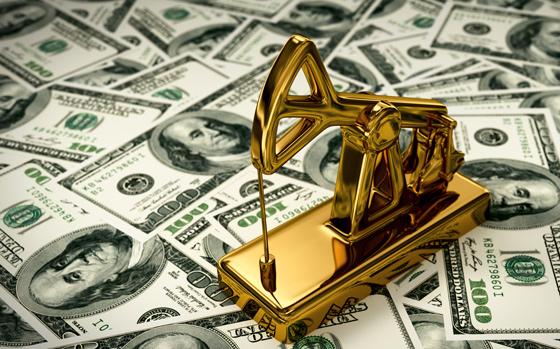According to the recent CPI report, consumers need not be worried about the threat of inflation resulting from an infusion of trillions of dollars of stimulus, bailouts and other government spending. The prognostications of doom and gloomers that gas prices will reach $10 a gallon, a pound of rice will cost $8 and a Starbucks latte will run $15 seem to be just another apocalyptic vision gone bad if you consider that US consumer prices fall for first time in 27 years:
Core consumer prices in the United States fell last month for the first time in 27 years, making an imminent rise in interest rates even less likely.
The Labor Department said that the Consumer Price Index (CPI), which measures the price of goods and services bought by households, rose by a seaonsally adjusted 0.2 per cent in January
When food and energy, the most volatile categories, were stripped out, however, the index fell by 0.1 per cent as the cost of new cars, airfares and housing fell.
Declining rental costs were the driving factor behind the fall in core prices, as homes that could not be sold in the property slump were put up for rent, driving down the rental market.
It is the first time that so-called core prices have fallen since December 1982. The core price index is more closely watched by economists than the wider index.
In Gold Projection: Price Collapse to $250 an Ounce we offered the opinions of a variety of market analysts and economists who suggest that we are currently in a natural state of deflation, but prices have been kept up (until this most recent CPI report) artificially by more money being pumped into the system in much the same way prices (real estate, commodities) were inflated from 2001 through 2007.
If this is the case, then any pull back in monetization and emergency spending programs will likely lead to a re-collapse of not just stock markets around the world, but most other asset classes. This is a view shared by most, including the Obama administration, the Fed and Treasury, who are being very careful with how they pull back on stimulus programs.
We’ve pointed out before that the real question is: how far are the powers to be willing to go with inflationary monetary policy?
Our answer, a view shared by Marc Faber, is that they will go all the way – unrestrained borrowing, monetization, institutional lending, and toxic asset investment.
While deflation seems to be the real threat as the credit expansion on a personal and commercial level has completely collapsed, we must not forget that the chairman of the Federal Reserve has said that if it is necessary to drop money from helicopters to avoid deflation, he will do so.
So while we may see near-term deflationary effects across all asset classes, our long-term view is best reflected in Wealth Preservation, Investing, and Prepping in 2010, where we recommended that those concerned with avoiding price increases in essential goods invest accordingly:
The trend going forward during this economic depression is getting back to basics. We often discuss ‘prepping’ as a way to protect your family in the event of an unforeseen catastrophe (natural or man-made). Recently, we’ve seen more financial analysts and advisers recommend shifting from traditional investments like stocks, bonds, CD’s and money market accounts, to tangible assets that will gain value regardless of what stock and bond markets do.
Of course, we’re not saying you should go out and spend your entire 401k retirement account on 5 gallon buckets of rice, but diversifying into hard assets on a variety of levels could be a great investment. As the US Dollar continues its decline over the coming years, the price of essential consumer goods is likely to rise. Certain goods, however, like real estate, cars and anything that is driven primarily by credit expansion may experience a deflationary impact in real dollar terms, while others, like food and energy may see explosive price increases.
The government of the United States sees deflation as a threat – we are at war with collapsing prices resulting from massive credit expansion over the last several decades.
And this is one war that the government has set its mind on not losing.
The current direction of our monetary and fiscal managers suggests that we will continue to wage this war regardless of the collateral damage, which in this case will eventually result in the complete destruction of the US dollar and the United States’ standing as an economic world leader.










0 Comments